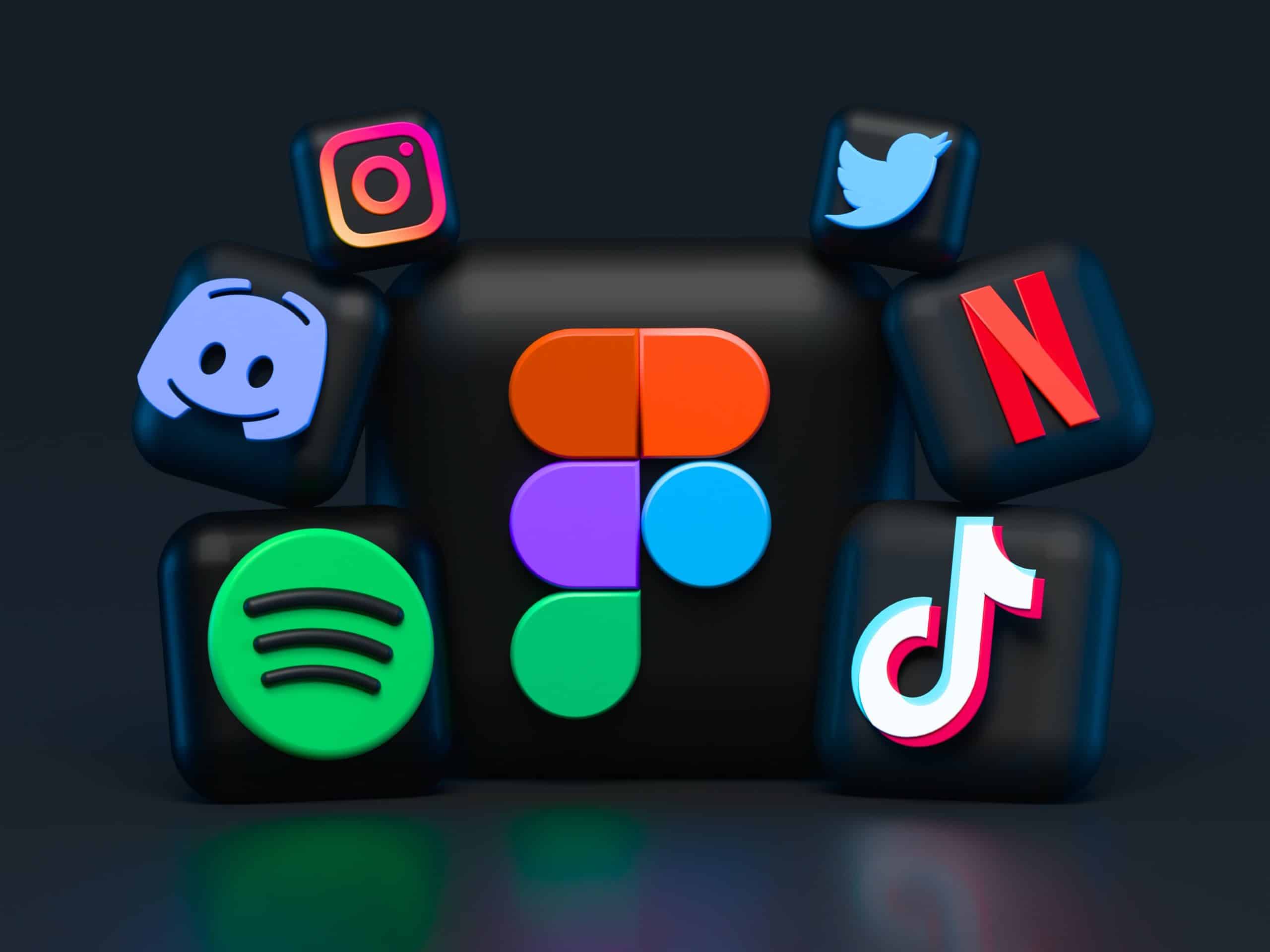Growth
How to use your producers to seed the platform
Some platforms may be designed to benefit from the actions of a few power-producers: producers who individually attract a large number of consumers. Designing your platform so that your producers can bring along consumers helps to solve the chicken-and-egg problem, while concentrating solely on one side of the market.
This strategy works when the following design considerations are met:
- The platform offers a compelling organic incentive for producers to bring consumers onto the platform.
- The ‘off-platform’ influence and following of the average individual producer is significant enough to attract a large number of consumers to the platform.
- The platform allows producers to interact with their followers (consumers) in a much more efficient way than currently allowed by alternative channels.
TOOLS TO HARVEST FOLLOWERS
One of the most common manifestations of this strategy is seen in the launch of platforms like Kickstarter and Udemy. These platforms allow producers to ‘harvest’ their existing connections and followers on other networks like email, social networks, and blogs. Kickstarter allows project creators to raise funding from their connections and followers. Skillshare allows teachers to teach a course to their followers (and subsequently others). These ‘follower harvesting’ use cases offer compelling incentives for producers to bring in their following. Over time, as different producers bring in their own followers, the platform builds out a network of all producers and consumers, allowing followers of producer A to consume from producer B, and so on. Eventually, a small group of power-producers help such platforms solve the chicken-and-egg problem within a short period of time.
FROM LOYALTY TO MARKETS
This model works equally well for retail loyalty platforms. Merchants may use loyalty platforms to offer discounts to their existing customer base. In turn, these customers stay more engaged with the merchant. As a result, merchants see value in promoting the consumer-facing applications among their customer base. As a result, every individual merchant brings their existing customer base onto the loyalty platform.
As consumer data flows through the platform, the platform learns consumer purchase preferences. This helps the platform ‘cross-pollinate’ consumers to other non-competing merchants, and the power of the network effect sets in.
As networks scale, they lose their ability to guarantee quality unless their curation systems scale well
Feel Free to Share
Download
Download Our Insights Pack!
- Get more insights into how companies apply platform strategies
- Get early access to implementation criteria
- Get the latest on macro trends and practical frameworks
THE ‘VOTE ME UP’ CONTEST GONE VIRAL
Platforms that provide production and marketing tools benefit from this strategy as well.
One of the widely discussed anecdotes surrounding early traction on YouTube suggests that the platform conducted contests among its user base, asking creators to create videos. Creators were then encouraged to invite their friends to ‘upvote’ these videos. The videos with the maximum upvotes would win a prize. This strategy has been repeatedly applied by platforms like Binpress and Txtweb. The brilliance of this strategy lies in the fact that producers are naturally motivated to not only bring the consumers on board but actually have them pass through a whole loop of consumption and curation, which fully acquaints them with the platform’s value proposition. As with other examples above, some such consumers stay on to become producers themselves and start the virtuous cycle afresh. Once users produce, they become marketing agents for the platform to attract other consumers. We discuss the details of executing such strategies more closely in the next section, on viral growth.
THE FLY-ATTRACTING BEACON
Malls have been doing this for the last fifty years. Attracting a marquee tenant, by offering prime real estate helps to attract consumers to the mall, subsequently exposing them to smaller merchants as well. This strategy works equally well for kicking off network effects on digital platforms. Ad networks use this strategy by getting exclusive access to premium ‘eyeballs’ and using that to attract advertisers. While AdMob and other US-based ad networks took over the mobile advertising space, India-based InMobi emerged as an unlikely contender by getting access to developing market eyeballs and selling them to advertisers in developed markets. As already mentioned, education platforms like Udemy and Skillshare also try to use the star power of certain teachers (think Seth Godin) to attract students in droves.
PLATFORM SCALE IMPERATIVE
Identifying a group of power-producers and providing them with tools to better ‘harvest’ their following can solve the chicken-and-egg problem very effectively. Relying on power-producers is especially attractive because a relatively small number of producers can help to solve the chicken-and-egg problem by attracting a large base of consumers. As social platforms proliferate, allowing users to build large followings, new platforms will increasingly rely on this strategy to encourage users to bring in their off-platform following.
State of the Platform Revolution
The State of the Platform Revolution report covers the key themes in the platform economy in the aftermath of the Covid-19 pandemic.
This annual report, based on Sangeet’s international best-selling book Platform Revolution, highlights the key themes shaping the future of value creation and power structures in the platform economy.
Themes covered in this report have been presented at multiple Fortune 500 board meetings, C-level conclaves, international summits, and policy roundtables.
Subscribe to Our Newsletter

















